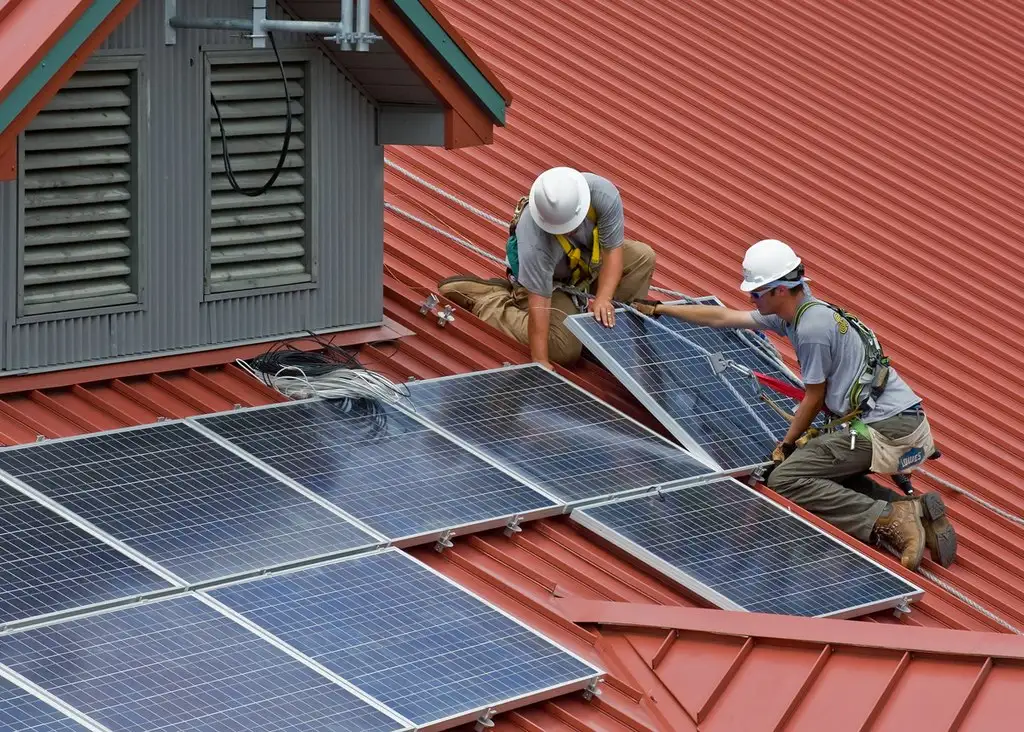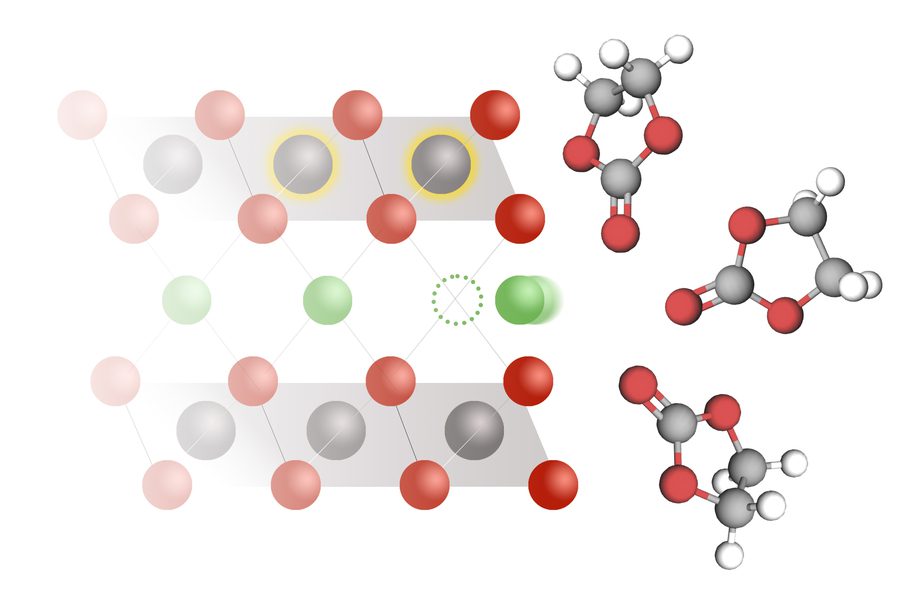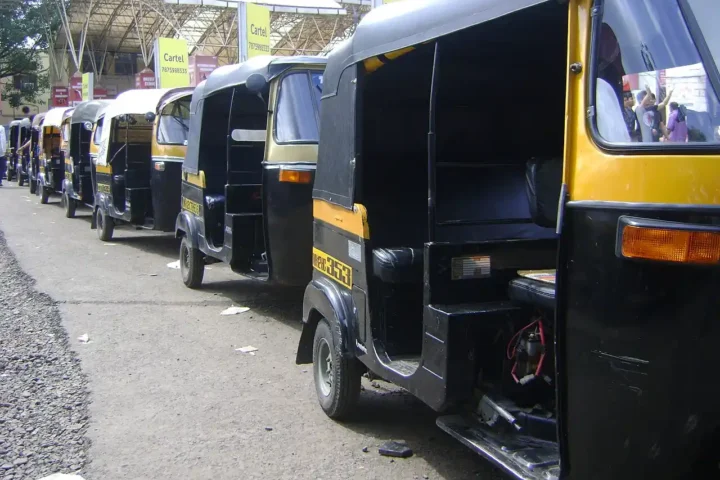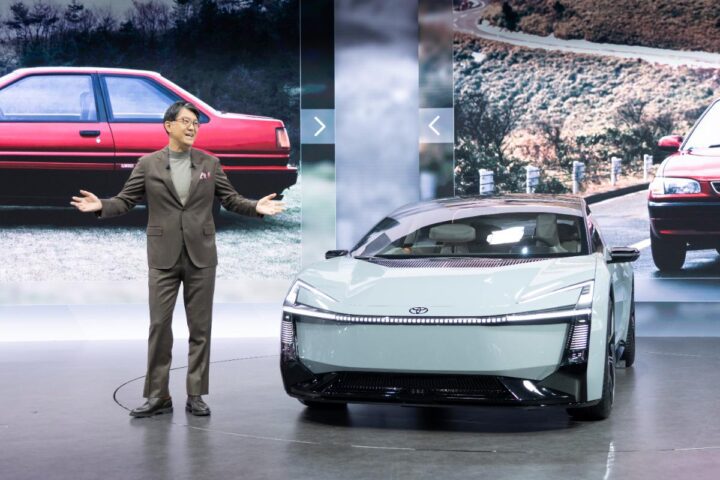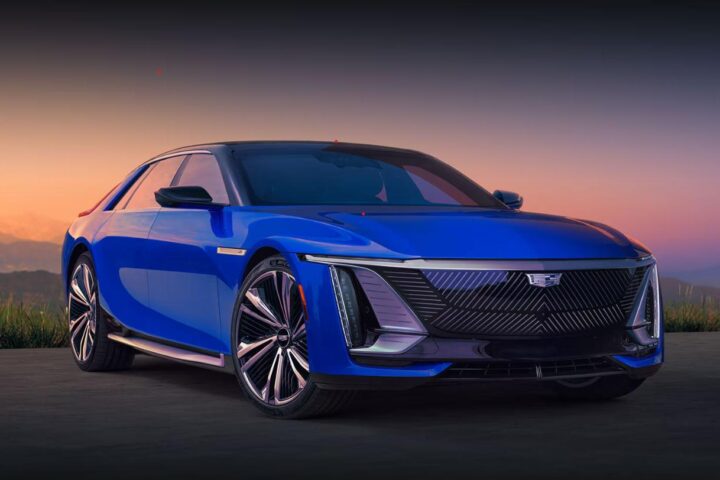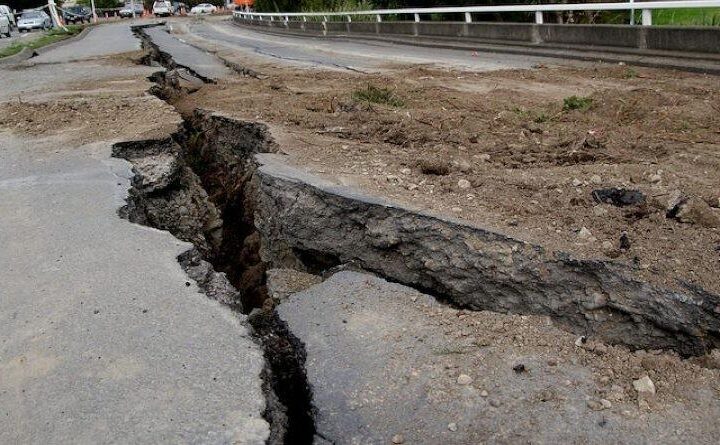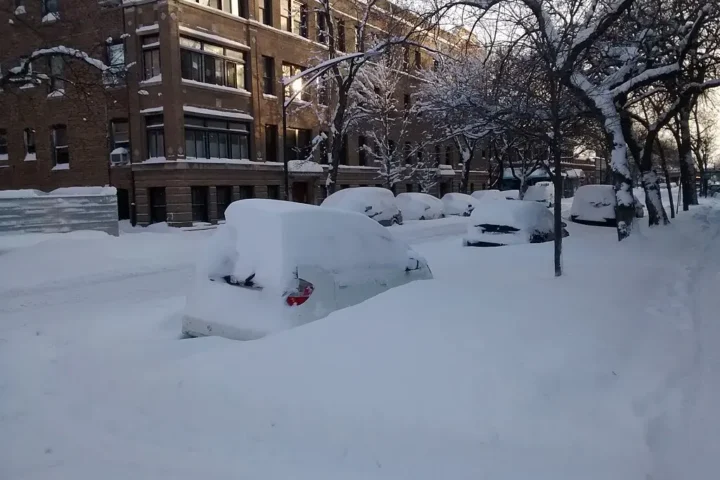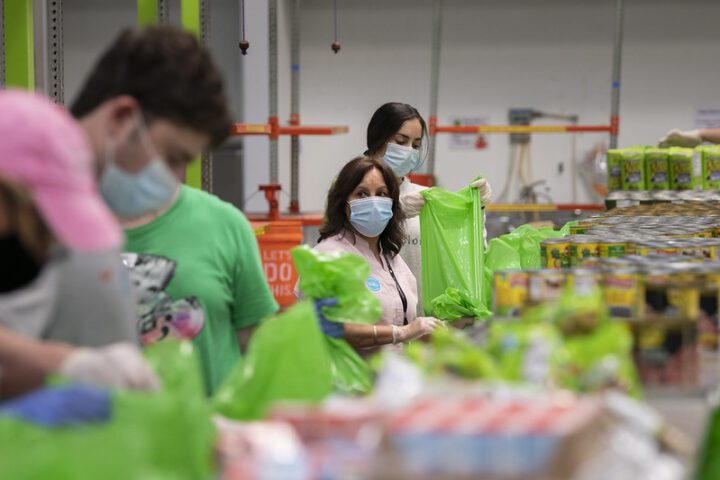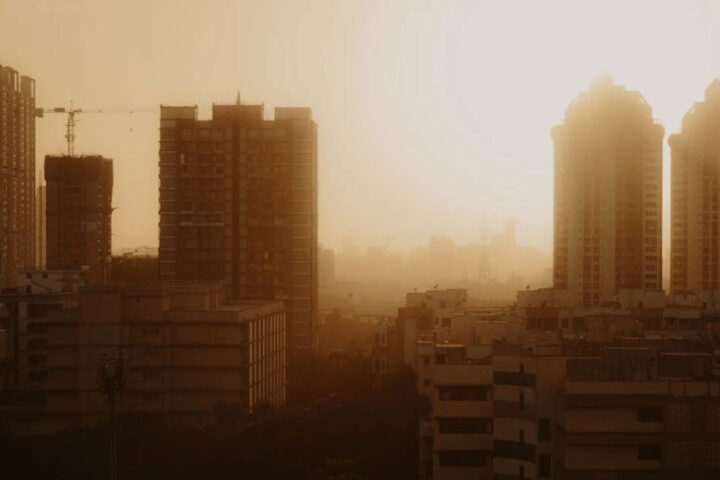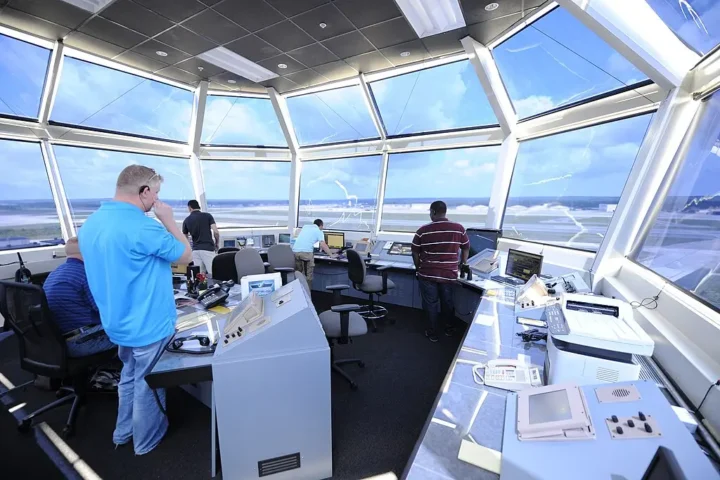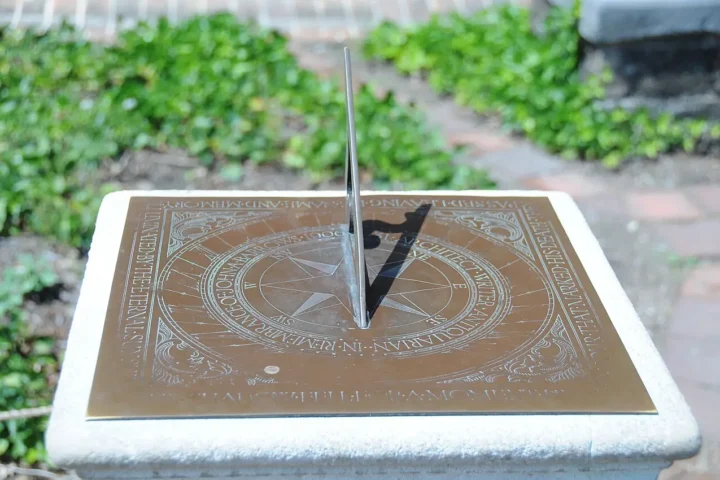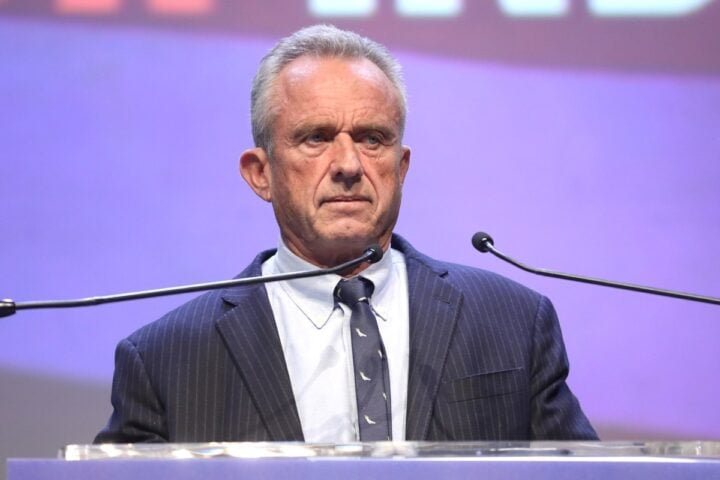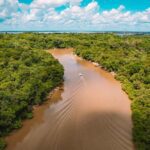A federal judge ruled on October 3 that the Federal Emergency Management Agency (FEMA) must consider rooftop solar power when rebuilding Puerto Rico’s electrical system. The U.S. District Court in Puerto Rico found FEMA violated environmental law by planning to spend billions on rebuilding the same fossil fuel-based grid without looking at renewable alternatives.
The court ordered FEMA to prepare an environmental impact statement that analyzes distributed renewable energy options like rooftop solar panels and battery storage. This marks a significant shift in how disaster recovery funds might be used in Puerto Rico, where residents have faced repeated power outages after hurricanes.
In its ruling, the court called Puerto Rico’s current electrical system “inadequate, unreliable, and extremely vulnerable to weather events.” The judge noted that if FEMA continues funding fossil fuel infrastructure, Puerto Rico likely won’t have resources to pursue renewable energy alternatives.
Puerto Rico’s grid troubles remain persistent. Hurricane Erin hit the island in August 2025, leaving thousands without power. These outages follow a pattern since Hurricane Maria devastated the grid in 2017, with FEMA planning to invest at least $12 billion in grid reconstruction.
Community advocates celebrated the decision. “This shatters the misconception that there is only one way to transform the electrical system,” said Federico Cintrón Moscoso from El Puente de Williamsburg’s Latino Climate Action Network. He called the ruling a recognition of Puerto Ricans’ “right to an accessible and clean energy system.”
Similar Posts
Howard Crystal, legal director at the Center for Biological Diversity, called it “a huge victory for Puerto Rican communities that have long suffered from an unstable, dirty grid.” He added that it makes no sense “to spend billions propping up the ever-failing centralized fossil fuel-based grid.”
The court decision aligns with Puerto Rico’s own renewable energy goals. A 2019 law set targets for the territory to reach 40% renewable energy by 2025 and 100% by 2050. Currently, about 10% of Puerto Rico’s electricity comes from rooftop solar systems, with approximately 163,000 residential installations.
These home solar systems have proven valuable during grid outages. About 83% of rooftop systems now include battery storage, allowing households to maintain power when the central grid fails. LUMA Energy, which operates Puerto Rico’s grid, has even created a virtual power plant program that can call on these distributed batteries during peak demand.
The ruling comes amid competing priorities for Puerto Rico’s energy future. The Department of Energy recently announced plans to redirect up to $365 million from rooftop solar efforts toward grid repairs and hardening, prioritizing immediate stability over distributed generation.
For Puerto Ricans who have faced electricity rate increases over the last year while paying about one-third more than mainland Americans, the court’s decision offers hope for a more resilient, affordable energy system that can withstand future storms.
